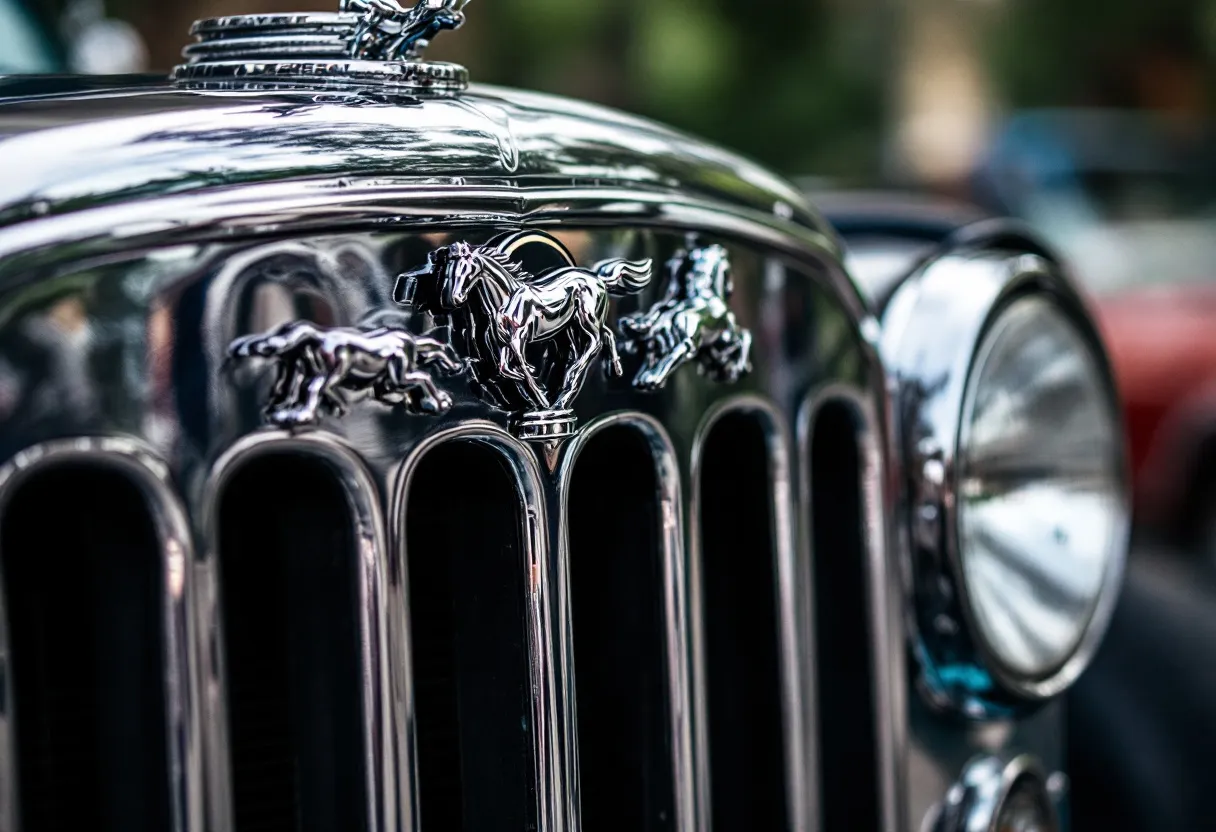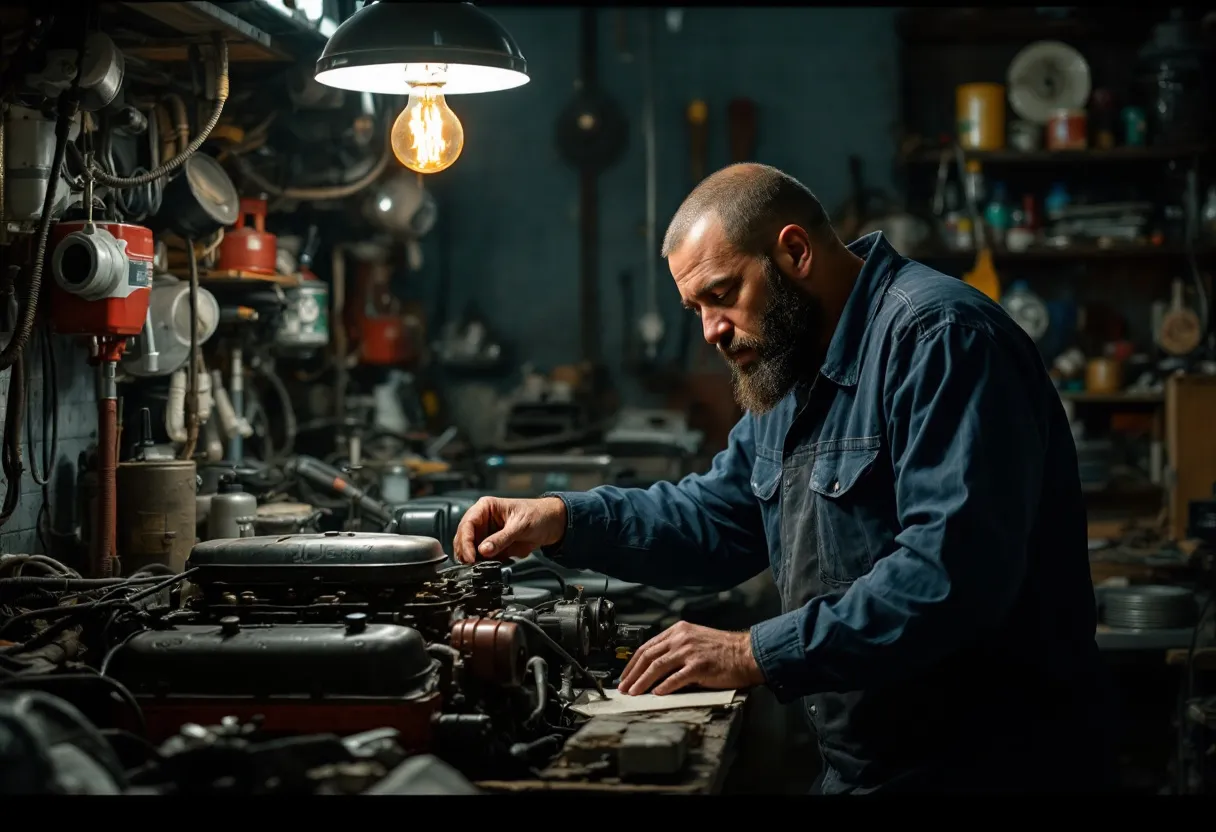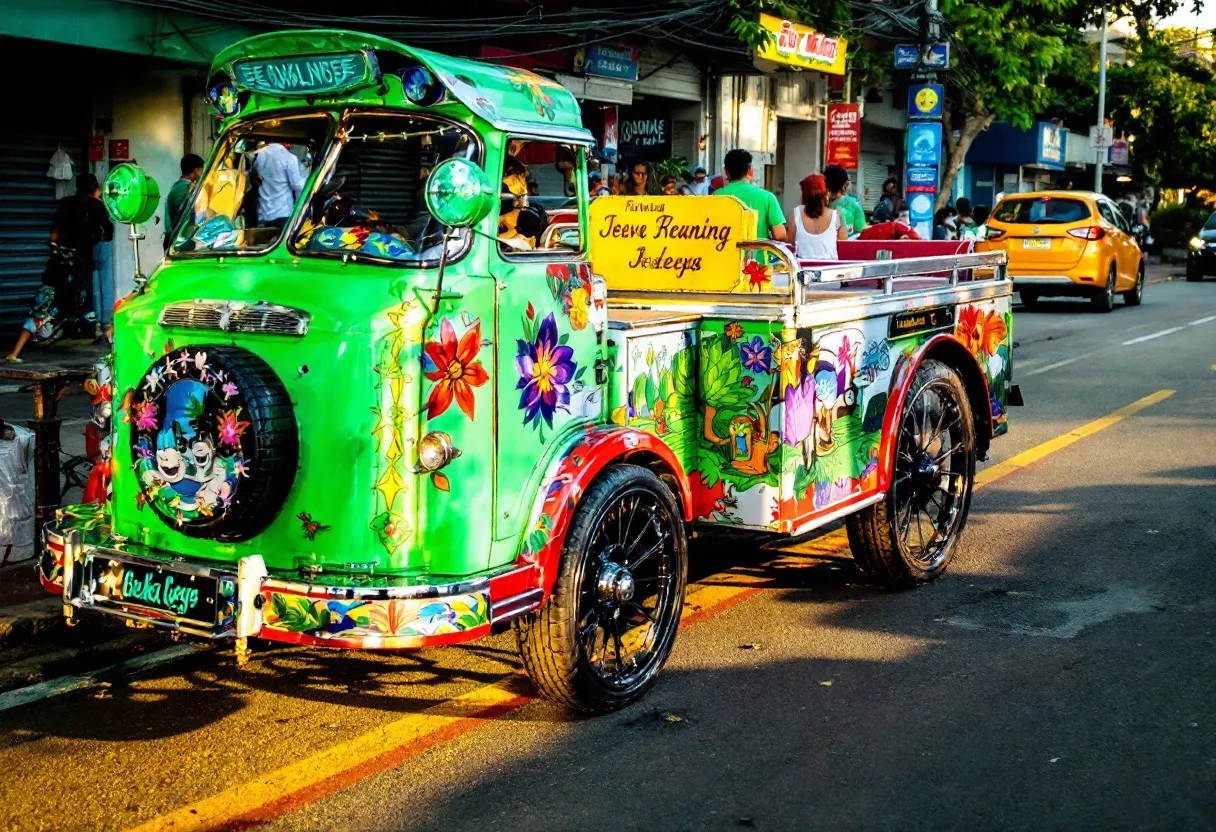Okay, folks, let’s dive into something near and dear to my heart: Jeepney restoration. It’s more than just fixing up an old vehicle; it’s about breathing life back into a cultural icon. It’s about preserving a piece of Filipino history, one bolt, one brushstroke at a time. And trust me, it’s a journey filled with challenges, triumphs, and a whole lot of elbow grease.
The Allure of the Jeepney
What is it about the Jeepney that captures the imagination? Is it the riot of colors? The chrome horses? The sheer audacity of its design? Maybe it’s all of those things, plus the fact that it represents Filipino ingenuity and resilience. After World War II, resourceful Filipinos transformed abandoned US military jeeps into these unique public transport vehicles. Each Jeepney became a rolling canvas, a reflection of the owner’s personality and the local culture.

The Restoration Journey: A Labor of Love
Restoring a Jeepney isn’t for the faint of heart. I mean, you really need to be dedicated to this, its not as easy as it looks! It’s a complex process that requires patience, skill, and a deep appreciation for the vehicle’s history. Think of it like this: you’re not just fixing a machine, you’re piecing together a story.
Sourcing the Right Parts: The Treasure Hunt
One of the biggest hurdles? Finding original or high-quality replacement parts. Many Jeepneys are vintage, and their components are rare. This often turns into a treasure hunt, scouring junkyards, online marketplaces, and connecting with fellow enthusiasts. And let me tell you, that feeling when you finally find that elusive part? Pure gold!

Battling Rust and Corrosion: The Eternal Enemy
Rust and corrosion are the eternal enemies of any restoration project, and Jeepneys are no exception. Years of exposure to the elements can take a heavy toll. This means a lot of grinding, welding, and metalwork. But hey, seeing that rusty metal transform back into something solid and beautiful? Super satisfying.
Electrical Overhaul: Untangling the Wires
The electrical system of an old Jeepney can be a real mess – a tangled web of wires and outdated components. A complete overhaul is often necessary to ensure safety and reliability. This requires a good understanding of auto electrics or the help of a skilled electrician. Trust me, you don’t want to mess with this unless you know what you’re doing! I almost fried myself once, haha!
Engine and Drivetrain: Getting it Running
Of course, what’s a Jeepney without a working engine? Reconditioning the engine and drivetrain is crucial for bringing the vehicle back to life. This could involve anything from a simple tune-up to a complete rebuild. It’s noisy, it’s dirty, but it’s also incredibly rewarding when you hear that engine roar back to life.
Preserving the Art: More Than Just Paint
But let’s not forget the art! The vibrant colors and intricate designs are what make Jeepneys so iconic. Restoring the artwork requires a delicate touch and a deep understanding of traditional techniques. Some restorers even seek out the original artists or their apprentices to ensure authenticity. I think, the painting is just as important as the mechanical aspect, and thats what people love about it.
The Future of Jeepney Restoration
The Jeepney faces significant challenges in the modern era, particularly with the government’s Public Utility Vehicle Modernization Program (PUVMP). While the intention is to replace older, polluting Jeepneys with newer, eco-friendly versions, this initiative has sparked controversy. Many fear the loss of the Jeepney’s cultural identity and the displacement of drivers and operators. It’s a tough situation, no question about it.
However, the passion for Jeepney restoration remains strong. It’s a way to preserve a piece of Filipino heritage, to keep the spirit of ingenuity and artistry alive. And who knows, maybe these lovingly restored Jeepneys can find a place in the future, as tourist attractions, historical exhibits, or even as a symbol of sustainable transportation. I think people should support this initiative and restore jeepneys.
Tips for Aspiring Restorers
So, you’re thinking about restoring your own Jeepney? Awesome! Here are a few tips to get you started:
- Do your research: Learn as much as you can about your specific Jeepney model and its history.
- Connect with the community: Join online forums, attend Jeepney shows, and talk to experienced restorers.
- Be patient: Restoration takes time, so don’t rush the process.
- Don’t be afraid to ask for help: There are plenty of people who are willing to share their knowledge and expertise.
- Most importantly, have fun! It’s a challenging but incredibly rewarding experience.
Restoring a Jeepney is more than just a hobby; it’s a commitment to preserving a vital part of Filipino culture. It’s a way to honor the past, celebrate the present, and ensure that the spirit of the Jeepney lives on for generations to come. Mabuhay ang Jeepney!

